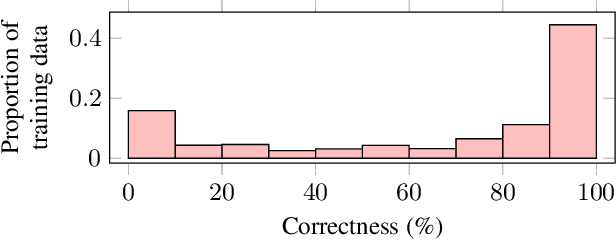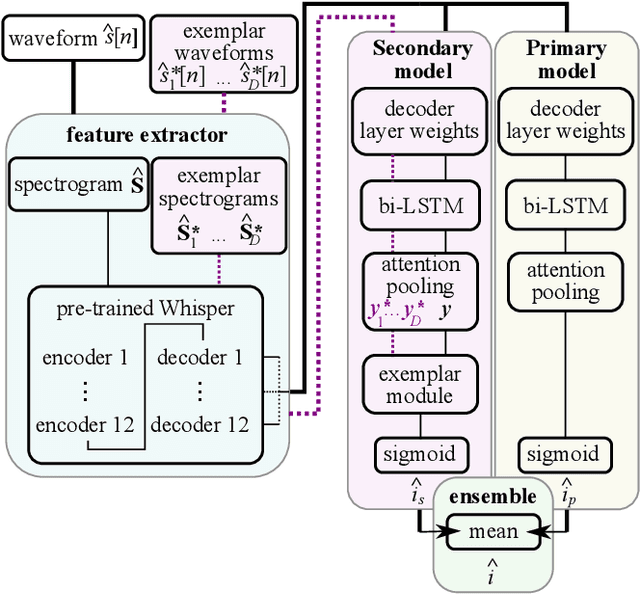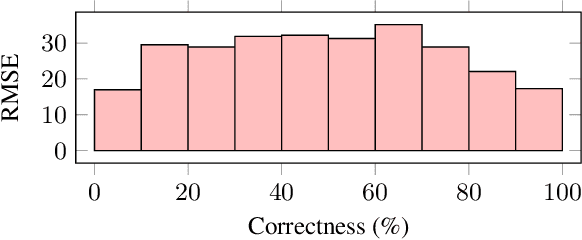Robert Sutherland
Using Speech Foundational Models in Loss Functions for Hearing Aid Speech Enhancement
Jul 18, 2024Abstract:Machine learning techniques are an active area of research for speech enhancement for hearing aids, with one particular focus on improving the intelligibility of a noisy speech signal. Recent work has shown that feature encodings from self-supervised speech representation models can effectively capture speech intelligibility. In this work, it is shown that the distance between self-supervised speech representations of clean and noisy speech correlates more strongly with human intelligibility ratings than other signal-based metrics. Experiments show that training a speech enhancement model using this distance as part of a loss function improves the performance over using an SNR-based loss function, demonstrated by an increase in HASPI, STOI, PESQ and SI-SNR scores. This method takes inference of a high parameter count model only at training time, meaning the speech enhancement model can remain smaller, as is required for hearing aids.
Non-Intrusive Speech Intelligibility Prediction for Hearing-Impaired Users using Intermediate ASR Features and Human Memory Models
Jan 24, 2024



Abstract:Neural networks have been successfully used for non-intrusive speech intelligibility prediction. Recently, the use of feature representations sourced from intermediate layers of pre-trained self-supervised and weakly-supervised models has been found to be particularly useful for this task. This work combines the use of Whisper ASR decoder layer representations as neural network input features with an exemplar-based, psychologically motivated model of human memory to predict human intelligibility ratings for hearing-aid users. Substantial performance improvement over an established intrusive HASPI baseline system is found, including on enhancement systems and listeners unseen in the training data, with a root mean squared error of 25.3 compared with the baseline of 28.7.
 Add to Chrome
Add to Chrome Add to Firefox
Add to Firefox Add to Edge
Add to Edge